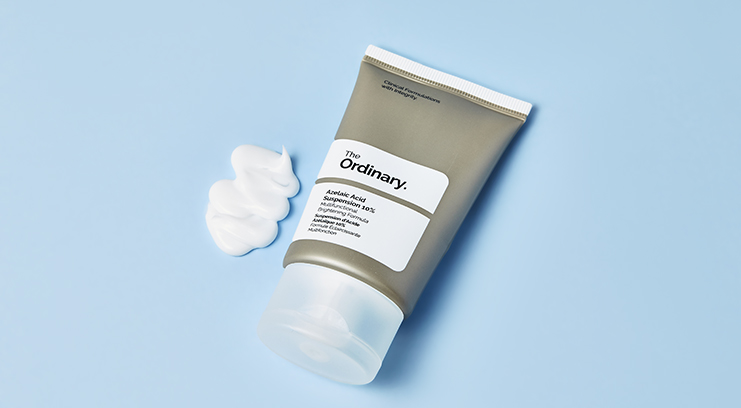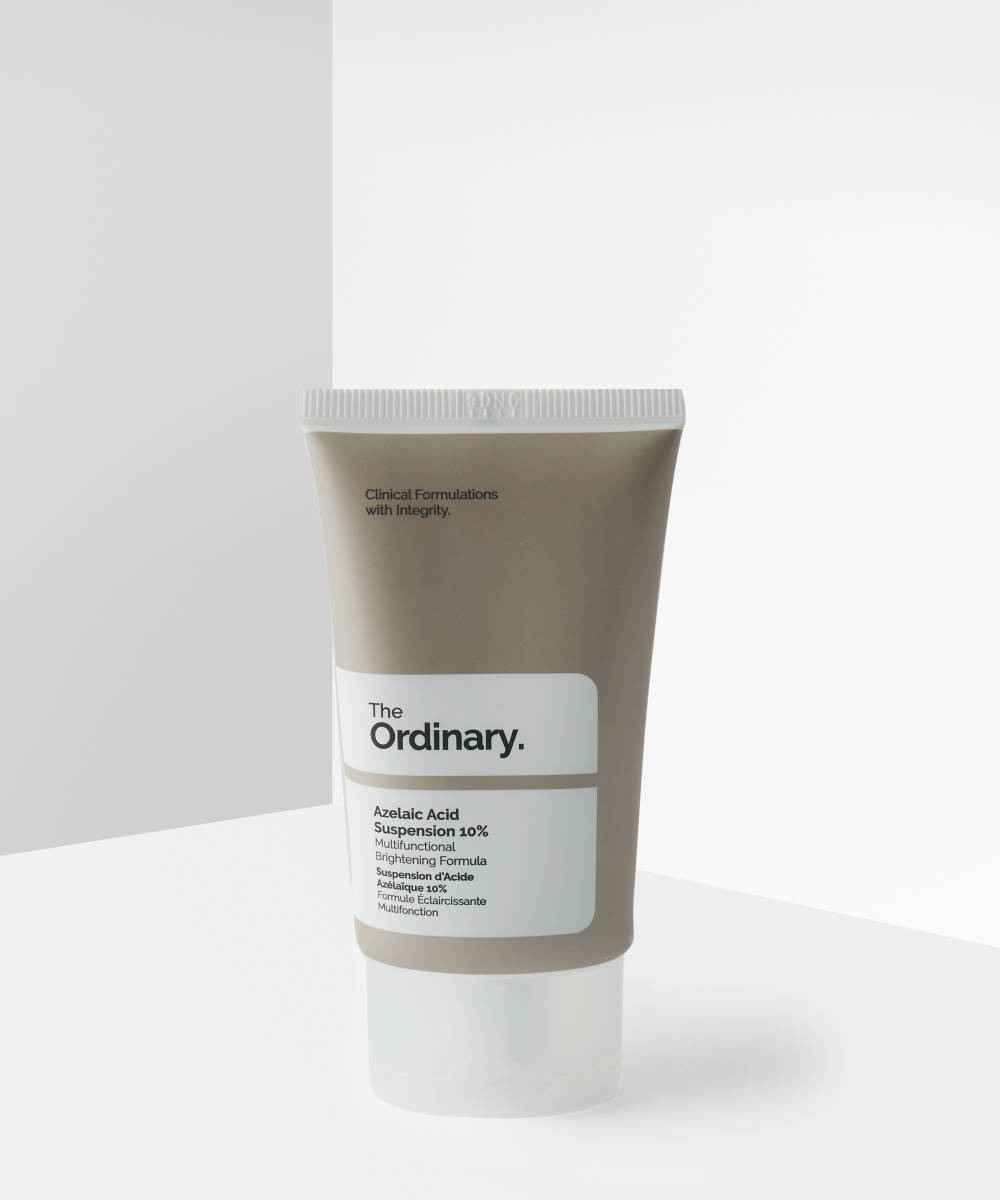What is azelaic acid?
Often derived from grains like wheat or barley, azelaic acid is a gentle exfoliating acid which helps to reduce clogged pores and refine skin tone and texture. It’s particularly effective at calming redness and can be beneficial to those who experience rosacea or acne.
How does it work?
Azelaic acid works in a number of different ways. Firstly, by destroying melanocytes, the skin cells that produce the melanin that causes post-blemish marks and brown spots. It also has anti-bacterial properties (so clears bacteria from pores), reduces the production of keratin (a protein which can block pores), and also reduces inflammation so breakouts appear less angry and irritated. Finally, it encourages skin cell turnover, which reduces scarring and helps skin to heal faster.
Why should I use it?
Introduce azelaic acid into your routine to manage pigmentation issues such as melasma and post-acne pigmentation, or to calm inflammation if you have active breakouts, rosacea, or acne.
When should I use it?
Apply azelaic acid morning and/or evening, after cleansing and before applying other layers of skincare. There are no contraindications with azelaic acid but you should limit the amount of exfoliating products you use with it, and as it is an exfoliant (and can make skin more sensitive to UV) you should always be using an SPF.
Beauty Editor’s Pick
Although this is a low (10%) concentration of azelaic acid, it’s an easily accessible alternative to hard-to-source prescription products. It’s a light gel texture which suits all skin types and layers well under other products, doing an impressive job of improving visible imperfections such as uneven skin tone and texture, and at reducing the inflammation associated with acne and rosacea.


